Are you thinking of applying to a Texas medical school? There are 15 medical schools in the state of Texas. Each school is unique and notable for what it offers students. But medical schools in Texas are often under-sung. The lack of attention is due to many pre-med students focusing on more “popular” schools. But Texas has so much to offer its students that all pre-med students should take a look at what each Texas medical school is about.
In today’s article, we’re going to talk about each Texas medical school. We’ll explain what each Texas medical school has to offer and why you should consider applying. It’s all part of our medical school admissions consulting. And while you’re here, check out our definitive guides on several of these schools.
About Each Texas Medical School
- University of the Incarnate Word School of Osteopathic Medicine
- UT Southwestern Medical School
- Long School of Medicine at UT Health San Antonio
- McGovern Medical School at UT Health
- University of Texas Rio Grande Valley School of Medicine
- University of North Texas College of Osteopathic Medicine
- University of Houston College of Medicine
- Texas A&M College of Medicine
- Baylor College of Medicine

Baylor College of Medicine
Baylor College of Medicine is the first Texas medical school that many pre-med students think of. In fact, you might not even be aware that Baylor is located in Waco, Texas. The name “Baylor” is simply really popular. Not only is Baylor one of the best medical schools in Texas, but it’s also one of the best in the nation. Baylor currently ranks as #17 in the United States for its role in primary care. This Texas medical school is part of the Texas Medical Center, which is the biggest medical complex in the entire world. Baylor works with multiple colleges and hospitals to provide students with as many opportunities as possible.
Baylor College of Medicine stands in a unique position among medical schools in Texas. The school is private, but it receives funding for in-state students. This makes tuition more affordable for Texas residents. It also helps out-of-state students who need a lower tuition rate to be able to attend a Texas medical school. Many out-of-state students apply to Baylor because it’s a renowned school and they need more affordable tuition.
Baylor College of Medicine utilizes the Texas Medical and Dental School Application Service instead of the American Medical College Application Service. It leads the way for other medical schools that are also switching over to TMDSAS. Each Texas medical school has the option to use TMDSAS or AMCAS.

UT Health Science Center at San Antonio Long School of Medicine
Long School of Medicine focuses on healthcare for Texas, specifically for residents of San Antonio and the surrounding areas. It’s not uncommon for students to graduate and then stay in the area to serve local residents. During your time at Long School of Medicine, students can earn distinctions in research, medical education or medical humanities. Check out our comprehensive guide to getting into Long School of Medicine for more details. Long School of Medicine is part of the South Texas Veterans Health Care System, which allows students to serve veterans and gain better clinical experience.
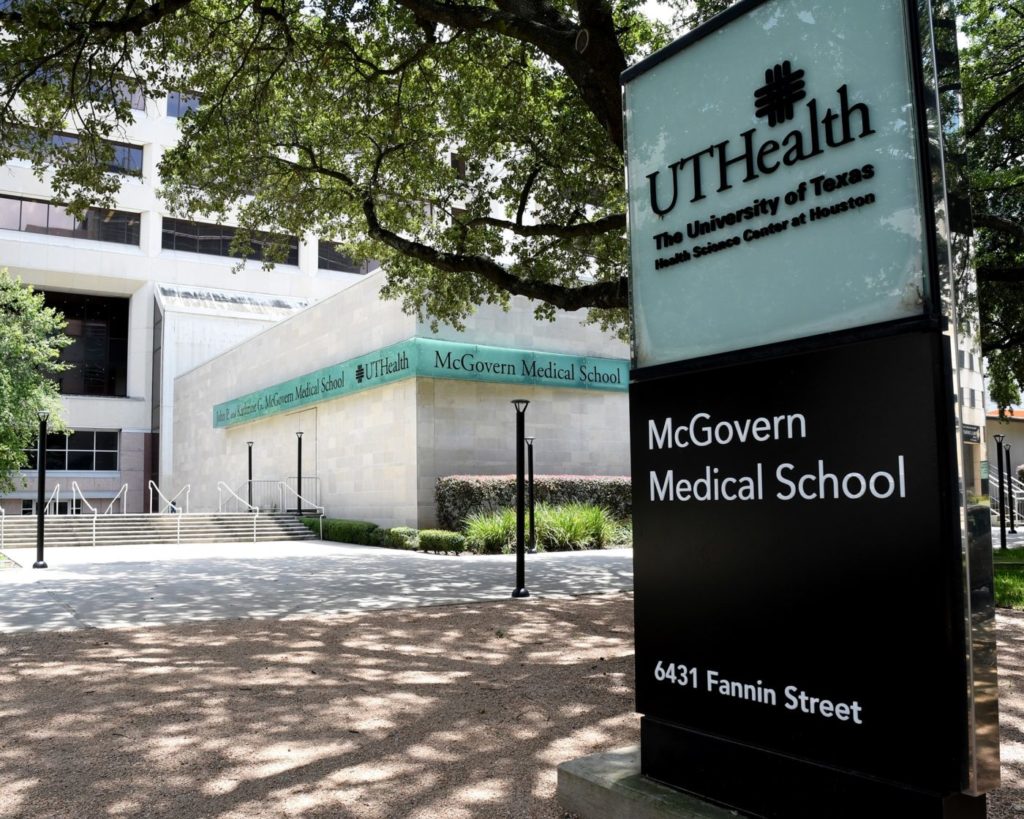
McGovern Medical School at UT Health Science Center Houston
McGovern Medical School is the largest medical school in Texas. It’s also the eighth-largest in the United States. McGovern Medical School does its best to help medical students in Texas adapt by offering a pass/fail first semester and providing scholarly concentrations. McGovern ranks with Baylor as a Texas medical school in the Texas Medical Center.
If you want to attend a large university that has plenty of opportunities for learning and growth, check out McGovern Medical School.

Sam Houston State University College of Osteopathic Medicine
Sam Houston State University College of Osteopathic Medicine is one of a few osteopathic medical schools in Texas. Sam Houston State University is located in East Texas and expects its students to practice medicine in the local area. This is because there’s a shortage of doctors in East Texas. Primary care and rural medicine take center stage in SHSU’s curriculum. So, if you want to be an osteopathic physician with a concentration in primary care or rural medicine, then this Texas medical school is the place for you.
Even though the school is eligible for it, Sam Houston State University does not accept funding from the state of Texas. The school functions on tuition revenue instead. What does that mean for you? Tuition rates are higher than most other Texas schools but still comparable to other schools in the nation.

TCU and UNTHSC School of Medicine
TCU and UNTHSC School of Medicine is a newer medical school. Its mission is to “transform health care by inspiring Empathetic Scholars.” That mission defines how the curriculum is taught and what students are exposed to. Students study lecture materials before classes and spend their time in class discussing what they’ve learned and how it applies to patient care. This transforms the classroom from a lecture hall to a learning space where students are actively involved.
TCU and UNTHSC stand out with their application process. They use the AMCAS instead of TMDSAS. The school is also private and doesn’t accept state funding, so it’s more selective with its admissions criteria.

Texas A&M College of Medicine
Texas A&M College of Medicine has five campuses: Bryan-College Station, Dallas, Houston, Round Rock and Temple. Students spend their first two years at the Bryan-College Station campus. Here, they take all their classes for their first two years. They also study for and take the USMLE Step 1 exam.
Following their first two years, students are given the option to take clinicals at other campuses. Each campus will have unique opportunities for students. Texas A&M College of Medicine is an agricultural Texas medical school that focuses on rural and population health. It offers a unique track for military health for pre-med students interested in providing healthcare for the military.

Texas Tech University Health Sciences Center Paul L. Foster School of Medicine at El Paso
Texas Tech University Health Sciences Center has a beautiful mission statement and strives to fulfill it through everything it does. This Texas medical school strives to “promote wellness and relieve human suffering through excellence in health care, intellectual innovation and service beyond borders.” Texas Tech specifically focuses on minority populations who often lack healthcare because of location and finances.
With the university being located in El Paso, at the border of Texas and Mexico, students have the opportunity to easily fulfill this Texas medical school’s mission. Unique requirements set Texas Tech apart. Students must learn medical Spanish so that they can treat a population that speaks more Spanish than English. This further narrows the healthcare gap and improves the quality of care that the underserved receive.
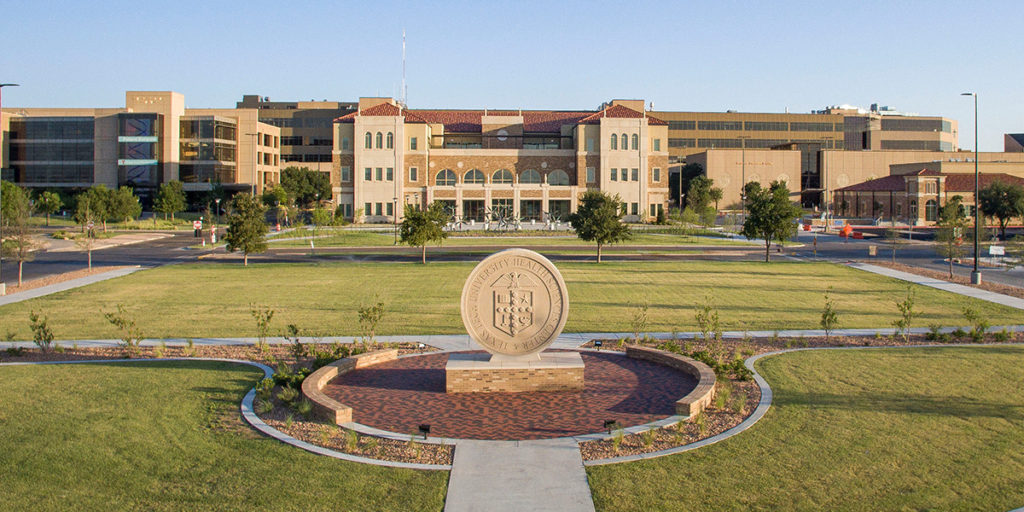
Texas Tech University Health Sciences Center School of Medicine at Lubbock
Another subsidiary of Texas Tech University, the Lubbock campus was created to help fulfill the large shortage of doctors in West Texas. Because of this, high expectations are placed on students to stay in West Texas for their medical practice. If you want to fill in the gaps and address disparities in healthcare, then this Texas medical school is the place for you.

University of Houston College of Medicine
The University of Houston is another new Texas medical school. Out of all the medical schools in Texas, the University of Houston joins ranks with Baylor in its focus on primary care. UH wants doctors who will practice medicine in urban and rural areas through preventative treatments and disease management. This goal is partly accomplished by focusing on social determinants of health.
Right now, the University of Houston has a very small class size: only 30 students. But by 2024, they anticipate hosting 120 students per class. UH also uses TMDSAS for its applications.

University of the Incarnate Word School of Osteopathic Medicine
Located in San Antonio, the University of the Incarnate Word School of Osteopathic Medicine is a private college focusing on osteopathic medicine. The University of the Incarnate Word has been around for years, but the School of Osteopathic Medicine is newer. UIW’s focus is on primary care and serving the underserved.
UIW is a Catholic university, but students of all religions are welcome. The school’s focus is on “the ethical, compassionate, and altruistic practice of medicine.” UIW uses the American Association of Colleges of Osteopathic Medicine Application Service instead of TMDSAS.
If you’re looking for a private, Christian, osteopathic school to attend, this Texas medical school should be on your list of schools.
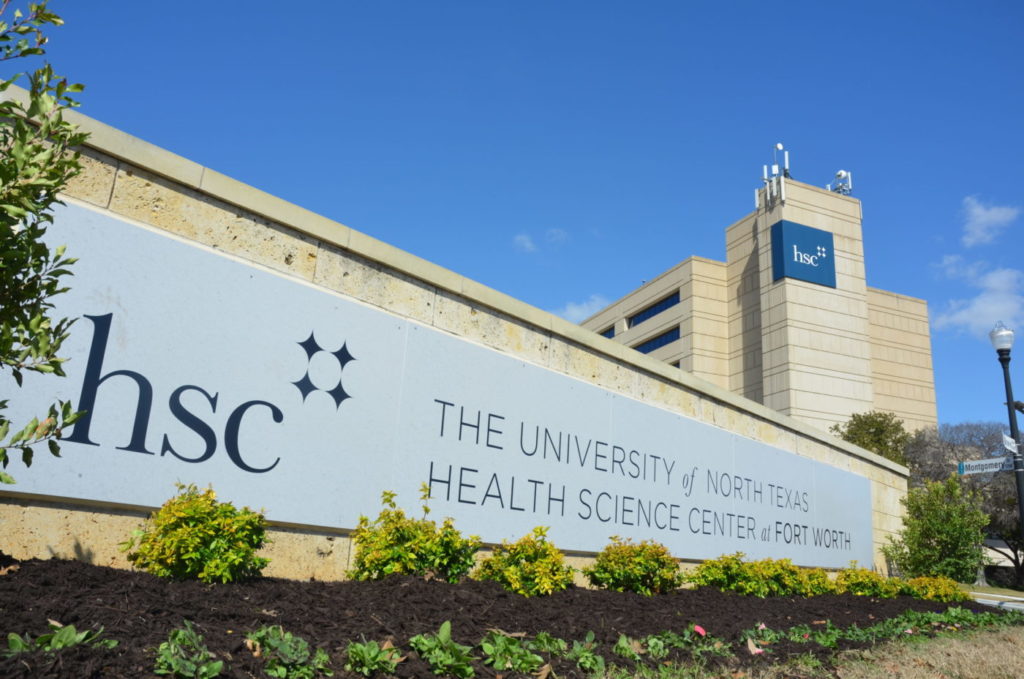
University of North Texas Health Science Center at Fort Worth Texas College of Osteopathic Medicine
The Texas College of Osteopathic Medicine is one of the top DO schools in the United States. This Texas medical school is ranked at #57 by U.S. News for primary care. It’s also known for its research. Opportunities abound at this school. Well over half of TCOM graduates practice primary care after graduating. And many graduates also treat lacking, underserved populations.
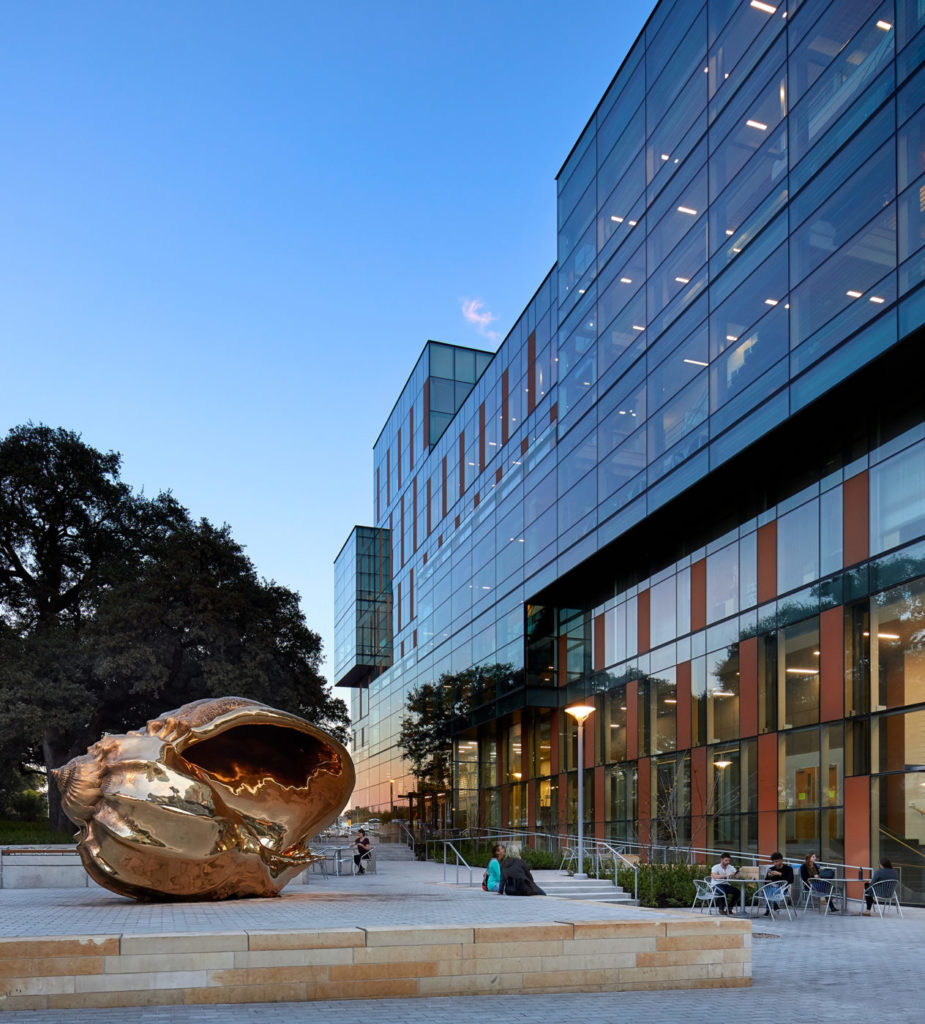
University of Texas at Austin Dell Medical School
Dell Medical School is another newer school, but it’s taking the Texas medical school scene by storm with its goal to “revolutionize how people get and stay healthy.” Their entire curriculum encompasses this. From educating students on becoming leaders in healthcare to enhancing how care is provided, Dell is a Texas medical school to watch.
The university strives to keep class sizes small. The first year is pass/fail to help students adjust to the heavy workload. And students take the first two years in just one year so that they can work on research, on an independent project, or on a dual degree during their third year in the program.

University of Texas Medical Branch Galveston School of Medicine
The University of Texas Medical Branch Galveston School of Medicine made a name for itself that it has faithfully upheld for years. This Texas medical school is partnered with NASA, the Galveston National Laboratory and the hospital that treats incarcerated individuals. UTMB has pass/fail courses until you reach the clerkship stage of your education. During your clerkships, you’ll travel to different clinics to broaden your horizons.
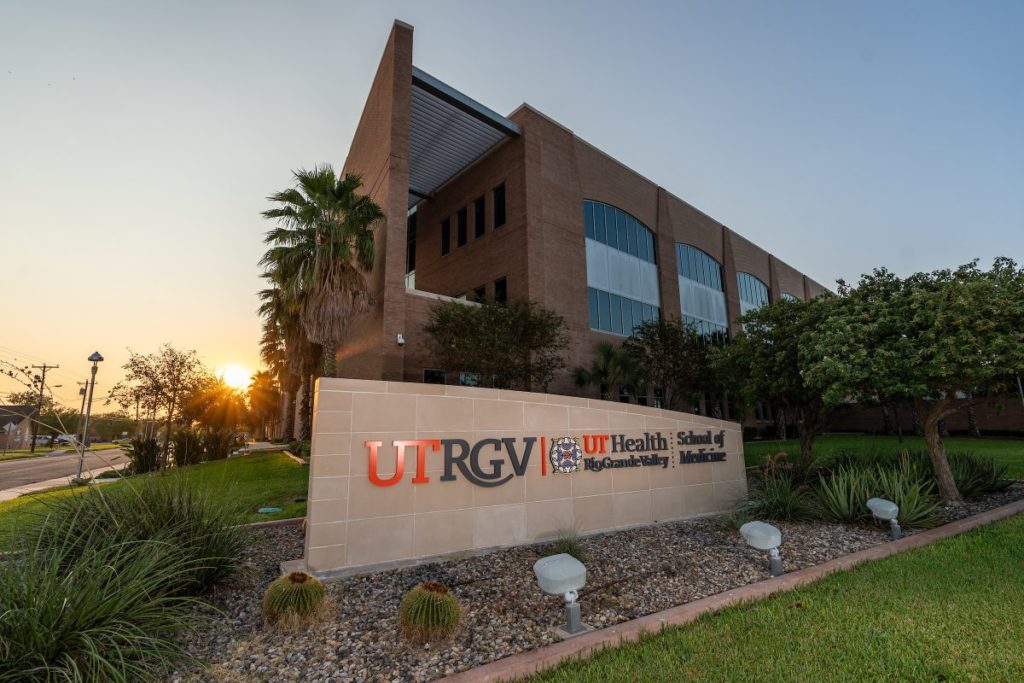
University of Texas Rio Grande Valley School of Medicine
The University of Texas created the Rio Grande Valley School of Medicine to focus on healthcare for underserved communities near the U.S.-Mexico border. This Texas medical school has a mission to provide quality healthcare for everyone. While in school, students learn about the region and the health issues they’ll be treating. Diabetes is one of the primary diseases that locals face. Interprofessional communication, early clinical exposure and plenty of clerkships define the UTRGV School of Medicine experience.

University of Texas Southwestern Medical School
UT Southwestern is known for its research and primary care. You won’t be lacking if you receive your MD training here. UT Southwestern is a Texas medical school committed to mentoring its students and providing them with the kinds of experiences they need to succeed in medicine.
UT Southwestern works with Parkland Hospital, a mega teaching hospital in the United States. Parkland is the only public hospital in Dallas County, and it serves a wide variety of patients.
Getting Into Texas Medical Schools
So, you see the great opportunities that each Texas medical school presents. So, how do you choose which Texas medical school(s) to apply to? And how do you make your application stand out from the rest? Medical school admissions consulting covers all of those questions–and more. In this section, we’re going to answer these questions! If you have any further questions, don’t hesitate to reach out to us.
Standing Out With Your Grades and Test Scores
The first step is studying. Earn the best grades you can in all your classes, but especially in your Science classes. Doing well in those classes will help prepare you for your MCAT. Most Texas medical schools will accept scores from the past five years. So, if you’re not happy with your first score, you can always take it again and submit a better score. This does take some planning with admissions cycles, so be sure to allow yourself plenty of time.
Standing Out With Your TMDSAS Application
The University of the Incarnate Word uses the AACOMAS system. TCU and UNTHSC and Baylor use AMCAS. But besides those three schools, the rest of the Texas medical school system uses TMDSAS.
The Texas Medical and Dental School Application Service is different from AMCAS and AACOMAS. The systems don’t overlap or work with each other in any way. The Texas Medical and Dental School Application Service doesn’t work the same way, either. The differences are across the board.
Here are the key differences:
- You only have 5,000 characters for your personal statement on your TMDSAS. Both AMCAS and AACOMAS have a 5,300 character limit. This might not seem like a big deal, but when you’re trying to fit your life story into so many characters, it can prove to be challenging.
- TMDSAS gives you 300 characters for each entry in the Activities section. AMCAS gives 700 characters for each entry.
- Your most meaningful entries are limited to 500 characters each for TMDSAS. AMCAS gives you 1,325 characters.
- AMCAS and AACOMAS require your personal statement, but they don’t require any more essays. TMDSAS requires you to write an essay describing your personal characteristics. There’s also an “optional” essay. We put optional in quotation marks because any dedicated student should write optional essays. It’s another opportunity to prove how dedicated you are to getting into a Texas medical school.
- Every Texas medical school you apply to will see all the essays you write for your TMDSAS. It’s like your personal statement. These essays will make an impression on all the schools to which you apply. And, if secondary applications are selectively sent out, you’ll depend on those essays to get your secondary.
- Even though you’re writing three essays for your TMDSAS, you’ll still have to write secondary essays for each individual Texas medical school.
- If you’re already a Texas resident, you’ll need to go through a Match process.
Apply According to Your Strengths
We include required courses, grades and test scores in every Texas medical school guide we write. If you don’t meet the school’s minimum requirements, you won’t be considered for admission. As tough as that can be, we do this to save you time and money.
Colleges like Baylor, UT Southwestern and Dell Medical School have high GPA and MCAT score averages. Your scores should reflect their averages for the best shot at being considered for an interview.
If you averaged in the middle range of MCAT scores, your best bets are schools like Texas A&M, the Texas College of Osteopathic Medicine and the University of Houston College of Medicine.
If grades and test scores aren’t your strengths, then apply to schools like the University of the Incarnate Word, Sam Houston State University or the University of Texas Rio Grande Valley. The first two schools are for osteopathic medicine. Rio Grande Valley has an MD program.
By playing to your strengths, you greatly increase your chances of getting into at least one of the Texas medical schools to which you apply.
Applying Based On In-State and Out-of-State Status
A publicly-funded Texas medical school will generally accept 90% of students who are from Texas. State funding strongly encourages this. Because state funding keeps tuition rates so low, it’s necessary to accept more in-state students. So, if you’re an out-of-state student wanting to attend school in Texas, then you might consider applying to schools that aren’t publicly funded.
- Sam Houston State University College of Osteopathic Medicine
- TCU and UNTHSC School of Medicine
- University of the Incarnate Word School of Osteopathic Medicine
This isn’t to say that you won’t get into a publicly-funded Texas medical school. It simply means that your chances are higher in schools that have private funding and don’t have state-mandated rules to keep. But, at the same time, these private universities will cost more.
Apply Based On Where You Want to Practice Medicine
If you read our blurbs on each medical school, then you’ll know that some of the schools expect you to practice medicine in their local area. So, if you don’t want to treat patients in South Texas, you probably wouldn’t want to attend Texas Tech University Health Sciences Center School of Medicine at Lubbock.
If you want to treat military personnel, then Texas A&M College of Medicine might be perfect for you. They have a track specializing in exactly that. We recommend reading the individual guides we’ve written for each school. We also recommend visiting that university’s website to determine if it’s a good fit for you. If you don’t think it’s a good fit, then there’s no use in applying.
Apply Based On Your Goals
If you want to practice osteopathic medicine, apply to the University of the Incarnate Word, Texas College of Osteopathic Medicine and Sam Houston State University. In your personal statement, share life experiences that not only contributed to your desire to become a doctor, but why you want to practice osteopathic medicine.
Allow this theme to run through all your essays. Choose different experiences that all reflect osteopathic medicine. This will help you naturally appear to be a good fit for the school. Of course, this doesn’t guarantee getting into a Texas medical school, but it will help you.
Apply Based On The School’s Mission
Aligning yourself with the school’s mission is another way to stand out from the crowd. Applying to multiple schools gets tedious. But staying on top of things will show the school that they’re not just “another school” to which you’re applying.
Dell Medical School at UT Austin wants to “revolutionize how people get and stay healthy.” If you apply to Dell Medical School, have one of your essays focus on helping people live a healthy lifestyle and take preventative actions against diseases.
The University of the Incarnate Word School of Osteopathic Medicine has a vision for “the ethical, compassionate, and altruistic practice of medicine.” The school wants doctors who practice medicine selflessly and compassionately while being mindful of ethics. Think of experiences in your past that contribute to why you want to practice medicine with these character traits.
Texas Tech’s Foster School of Medicine has the goal to “promote wellness and relieve human suffering through excellence in health care, intellectual innovation and service beyond borders.” The words “relieve human suffering” are a big part of their mission statement, so focusing on how you want to relieve suffering through your medical practice is a great route to take.
TCU & UNTHSC want to “transform health care by inspiring Empathetic Scholars.” Empathy is all about sympathizing with and understanding your patient’s needs. This is transformative for health care because so many doctors only treat symptoms and prescribe medications or perform operations on patients without truly listening to the patient’s needs. It’s a massive problem in the U.S. healthcare system that TCU & UNTHSC want to strike down.
Conclusion
Applying to a Texas medical school is a great idea for many reasons.
- Lower tuition rates, even for out-of-state residents
- MD and DO programs are both available
- Medical schools are spread out throughout the state
- Unique tracks and scholarly opportunities are available
- Practice medicine in urban and rural areas
- Learn Spanish to effectively communicate with Spanish-speaking patients
If you need further guidance on any Texas medical school, International Medical Aid offers medical school admissions consulting. We can help you sort through each Texas medical school to determine if it’s a good fit for you. We can also help you with your personal statement, additional TMDSAS essays and secondary application essays. We offer hourly consulting and tiered packages. We can accommodate you, no matter what your needs might be.
Good luck with your applications. Each Texas medical school has something unique to offer. Take your time going through each school and know that thousands of other applicants are going through the exact same thing! You’re not alone. We’re here to help. Any Texas medical school would be lucky to have you!









